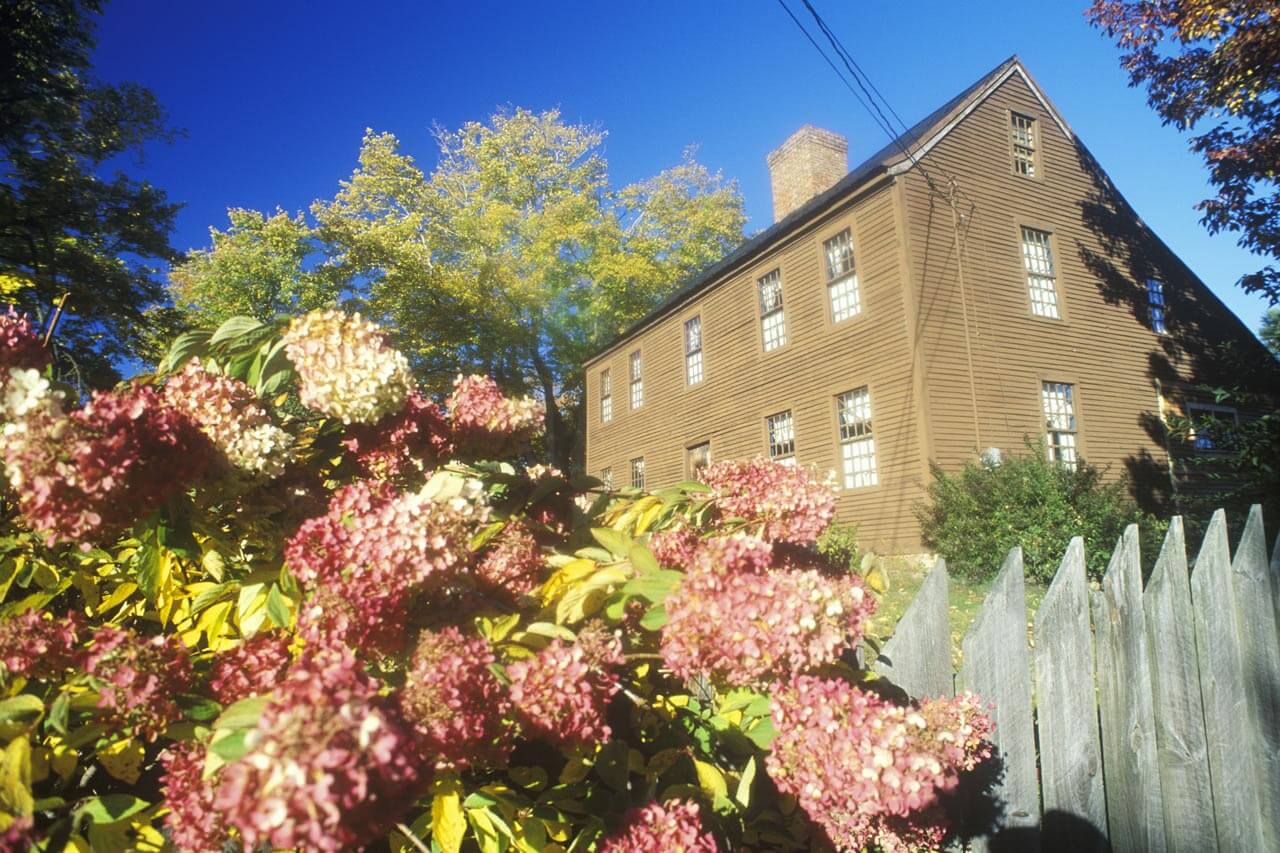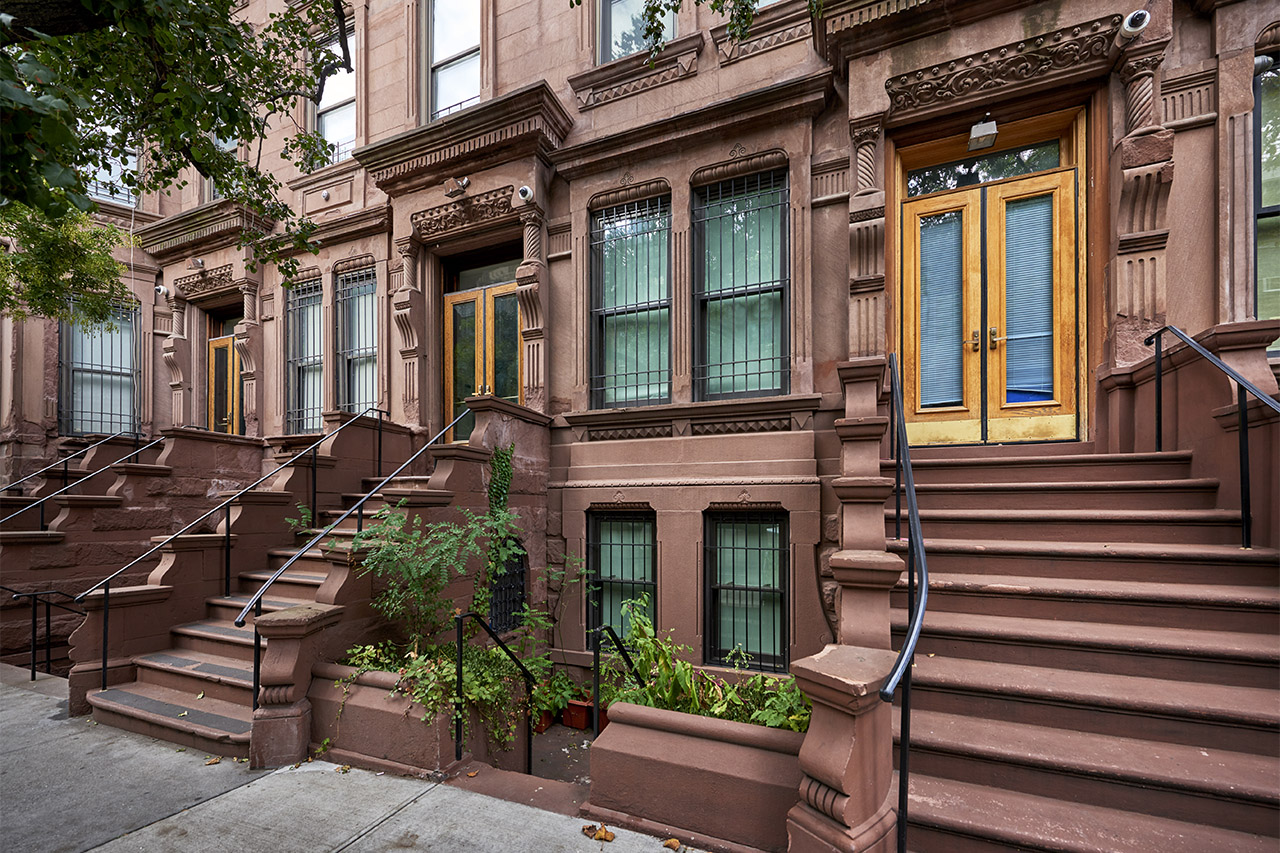
Use this guide to budget for building a saltbox house based on factors such as location, size, labor, and finishing costs.
Building a cottage costs an average of $250,000


The average cost to build a cottage ranges between $175,000 and $350,000, with an average project price of $250,000.
How much it costs to build a cottage varies by size, location, and materials.
Expect to spend $125 to $300 per square foot, with most cottages falling between 1,000 and 2,000 square feet.
Other key factors include permits, site preparation, and finishing materials.
Completing this project adds value and provides a cozy living or vacation space.
This article was updated using automation technology and thoroughly reviewed for accuracy by HomeAdvisor Editor Ryan Noonan.
Cottages have long been a popular choice for smaller home layouts and vacation destinations. Most homeowners spend an average between $175,000 and $350,000 to build a cottage, with an average cost of $250,000. This translates to $125 to $300 per square foot.
On the lower end, you can build a small cottage for $112,000, or your costs can reach as high as $600,000. Cottage size, site prep, location, and material choices can shift your final price, so set a clear budget and stick to it.
How much you’ll spend to build a cottage depends on a variety of factors. Here’s a closer look at how your total breaks down.
On average, building a small cottage of 600 square feet starts at $75,000, depending on the size and materials. Most small cottages are one or 1.5-story layouts with a slab foundation, and the average size falls between 1,000 and 2,000 square feet, though you can build smaller. As square footage climbs, so does the total price per square foot.
| Square Feet | Average Cost |
|---|---|
| 600 | $75,000–$180,000 |
| 1,000 | $125,000–$300,000 |
| 1,500 | $200,000–$400,000 |
Plan on spending $5,000 to $25,000 on the cost to clear land and excavate the site before the foundation goes in.
Interior finishes add $8,000 to $30,000 to the budget. You’ll want to consider the following types of finishes for your cottage:
Plan to spend 10% to 20% of your project total on the cost to hire a general contractor. They will oversee your project, perform quality assurance checks, handle the permitting process, and coordinate and supervise the other pros who work on your cottage.
Along with a general contractor, your cottage requires professional labor from electricians, plumbers, HVAC pros, window installers, painters, flooring contractors, landscapers, and more.
Every cottage needs a building permit, with code requirements varying by municipality. Permit fees range from $2,000 to $10,000, depending on your location and your project scope. For a custom-built cottage, an architect or designer must draft your plans before you submit them for approval.
Material quality matters. Premium products cost more up front but outlast budget picks and can cut future repair bills. Many homeowners combine builder’s grade materials with higher-end materials to find the right balance of quality that fits within their budget.
Smart add-ons that suit the landscape can boost function, curb appeal, and resale value. Consider the following extra features for your cottage:
A dock if your cottage is located next to a body of water.
A deck for sitting on and relaxing.
A hot tub for your yard.
Your cottage location determines many factors. Building a cottage in the city is different from building a cottage off the grid.
Building off-grid means the cottage can’t rely on public utilities. Budget extra for solar panels, a private driveway, on-site gas, and other self-sufficient systems.
Near water, a slab foundation is often the safest bet. Urban or suburban sites often allow a full basement. Talk with a local structural engineer to choose the right option based on your building site.
Your location will also determine whether you need to follow certain regional regulations, such as insulation, seismic, or flood-proofing requirements. Meeting these zoning requirements may add more cost to your budget, so verify with your local building department for more details.
There are two main construction types to choose from when it comes to building a cottage.
Prefab cottages are faster to build since they are fabricated off-site in a factory. After picking from model plans and features, the cottage is built in one, two, or more pieces. Your home’s building materials are then transported to the site, where the pieces are assembled and connected to the foundation on-site.
Custom building is a process where your home is completely custom-built, from design to building it on-site on top of the foundation. The building is framed and finished in one area with the freedom to change and make customized choices for the design and materials.
Consider these cost-saving strategies to make your cottage construction project more economical:
Obtain at least three detailed quotes from local general contractors or home builders in your area to ensure competitive pricing.
Stick with standard finishes and design choices rather than choosing costly customizations.
Choose a smaller-sized cottage with a more modest floor plan to keep overall costs down.
Minimize expensive add-on features like hot tubs or heated driveways.
Even though a cottage is modest in size, building one still calls for licensed pros. If you’re looking to trim labor costs, you may be tempted to build your own cottage, but keep in mind that this is a major undertaking with many associated risks.
Many budget-conscious homeowners opt to hire a general contractor to steer the project, then tackle simpler jobs like painting and landscaping themselves to reduce labor costs. This helps reduce the total cost but ensures safety and code compliance with major systems like plumbing, electrical, HVAC, and your cottage’s structural elements.
No place is more important than your home, which is why HomeAdvisor connects homeowners with local pros to transform their houses into homes they love. To help homeowners prepare for their next project, HomeAdvisor provides readers with accurate cost data and follows strict editorial guidelines. After a project is complete, we survey real customers about the costs to develop the pricing data you see, so you can make the best decisions for you and your home. We pair this data with research from reputable sources, including the U.S. Bureau of Labor Statistics, academic journals, market studies, and interviews with industry experts—all to ensure our prices reflect real-world projects.
From average costs to expert advice, get all the answers you need to get your job done.

Use this guide to budget for building a saltbox house based on factors such as location, size, labor, and finishing costs.

The cost to build a bungalow is based on style, size, and other factors. Learn more about average costs to budget for in the bungalow building process.

How much does it cost to build a house in Florida? Explore common cost factors, from permits and land to luxury finishes, with our detailed guide.

Explore the cost to build a house in New York based on key factors like materials, size, style, labor, and more with our comprehensive cost guide.

Using HomeAdvisors cost guide, youll learn how much it costs to build a house in Seattle. New build cost factors include labor, materials and permits.

Our concrete house cost guide covers insulated concrete form and other concrete home expenses. Explore the various cost factors to determine your budget.